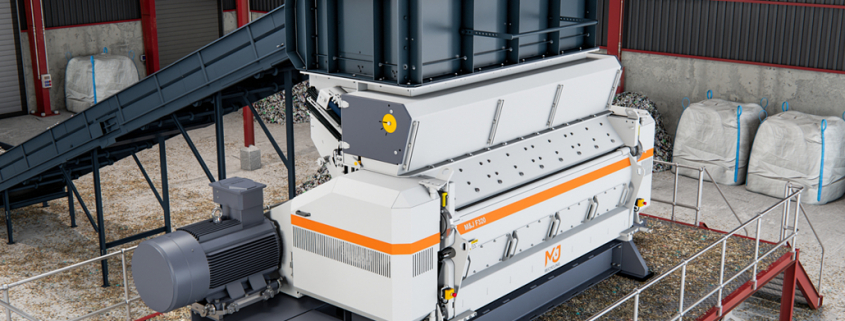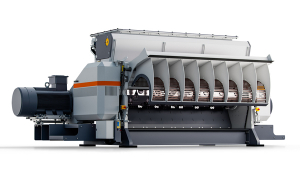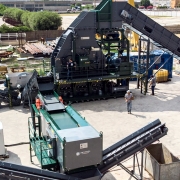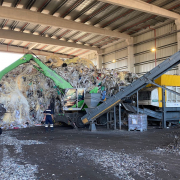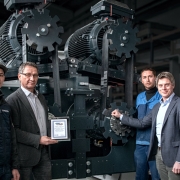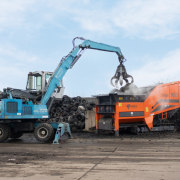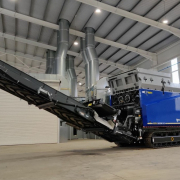M&J F320 E-drive: Well-known Qualities Combined with new Benefits
M&J Recycling was founded back in 1857. Several years later, the Danish company mainly focuses on solving the global challenge of growing waste volumes by providing technology that contributes to a more balanced and circular economy. That has been their goal since they started producing industrial waste shredders in 1988. This goal still drives M&J Recycling towards new breakthroughs every single day.
Therefore, it is hardly surprising that the company now presents a new electronic fine-shredder. The energy-efficient M&J F320 E-drive is designed to deliver RDF/SRF output (up to 28 tons per hour), has the same robustness and power as its hydraulic counterpart but is significantly cheaper to run and much quieter.
The task for M&J Recycling’s development team was clear from the start when they set out to produce an electronic fine-shredder for heavy production of RDF/SRF. All the familiar qualities of the company’s hydraulic fine-shredders were to be retained 1 to 1 in the new M&J F320 E-drive. That means the same capacity output, stability, and durable build quality customers have long since come to know M&J Recycling for.
Less energy, lower amperage
The M&J F320 E-drive uses around 20% less energy for production, which translates directly to the operating budget. Also, with the E-drive solution, you need a lower amperage on the main power supply due to the smaller electric motors used in the driveline (160 kW motor instead of 250 kW). “E-drive requires a minimum of service and wears out less than a hydraulic drive. There are fewer moving components in the drivetrain and you don’t need to supervise and exchange hydraulic components. Together, this means that the customer can expect significantly higher uptime and significantly lower costs to keep the machine running,” Jens Vestergaard Nielsen, Head of R&D explains.
Already in use
Additionally, the electronic fine-shredder has an automatic connection to the service center, saving response time and potentially enabling preventive maintenance. Furthermore, the E-drive makes significantly less noise than a hydraulic drive due to the lack of large pumps. Tests confirm that the noise level and noise power from E-driven units are measurably lower and therefore result in a marked improvement in the working environment for the employees.
The first M&J F320 E-drive has already been installed and is in use at a customer site. In preliminary tests, both power consumption and capacity fulfill the expectations.
(Published in GLOBAL RECYCLING Magazine 3/2023, Page 54, Photo: M&J Recycling)

